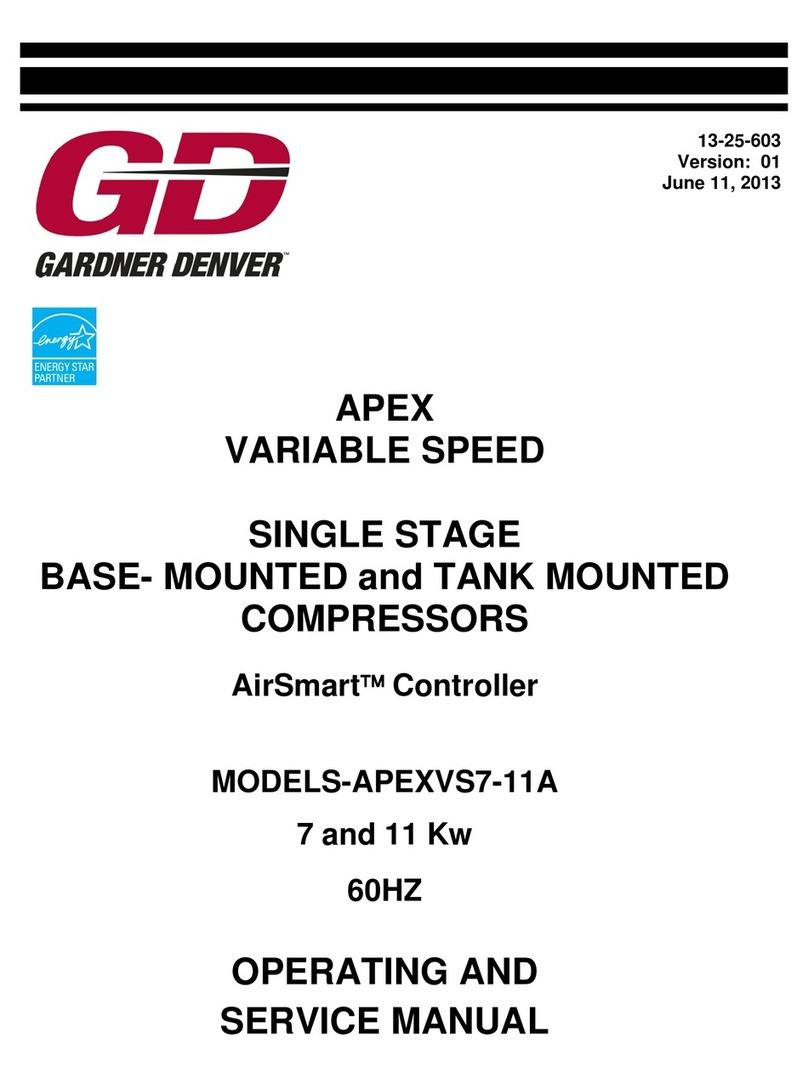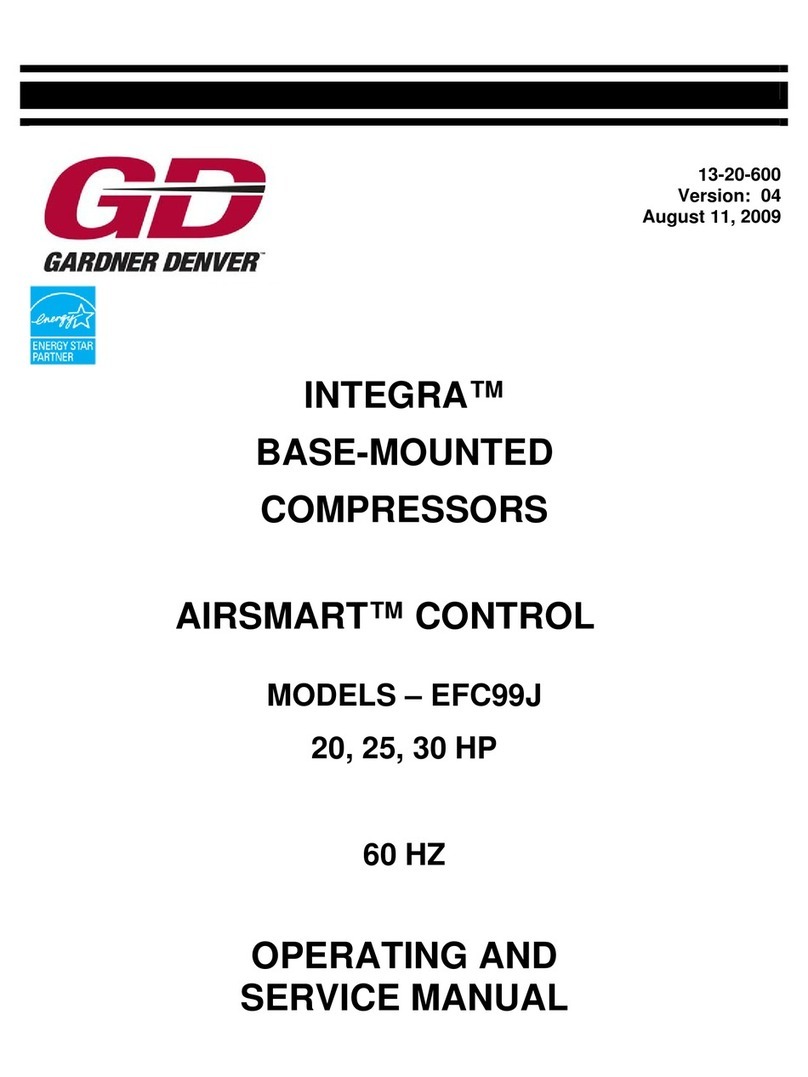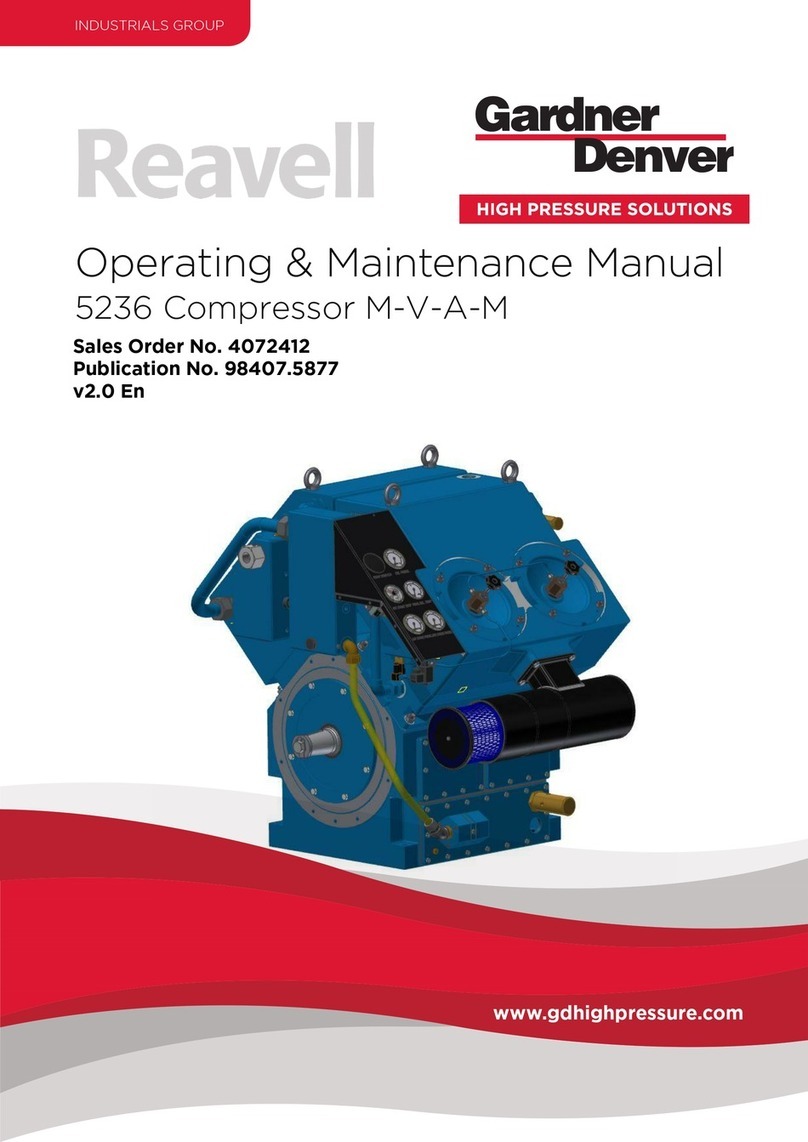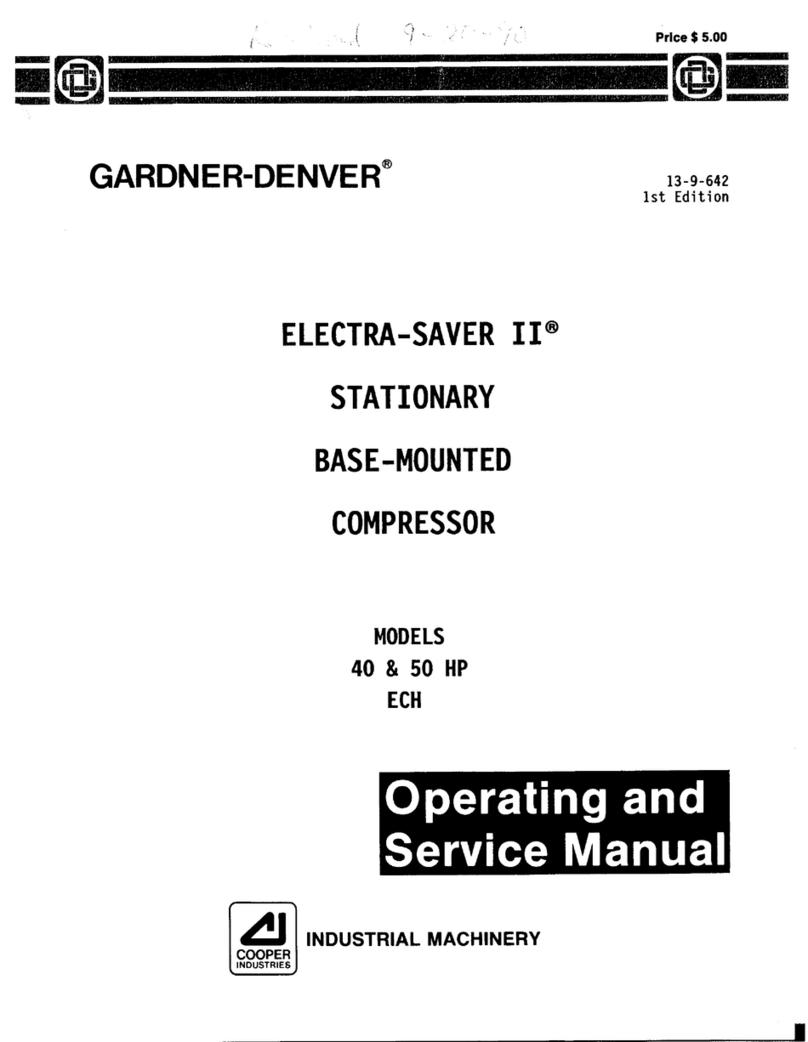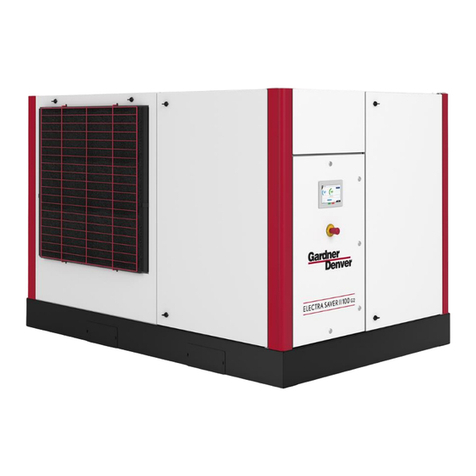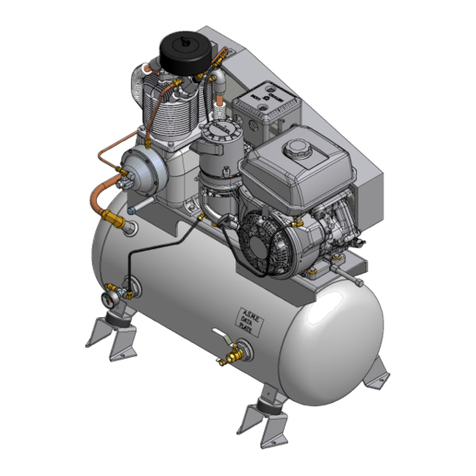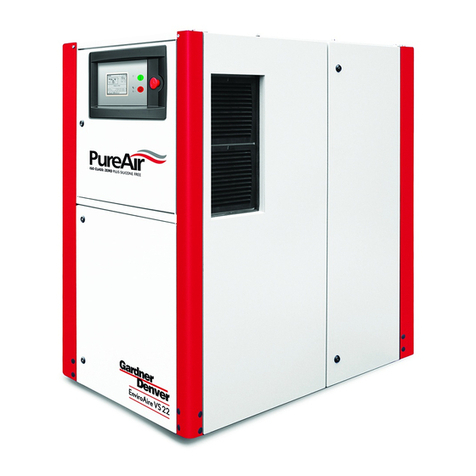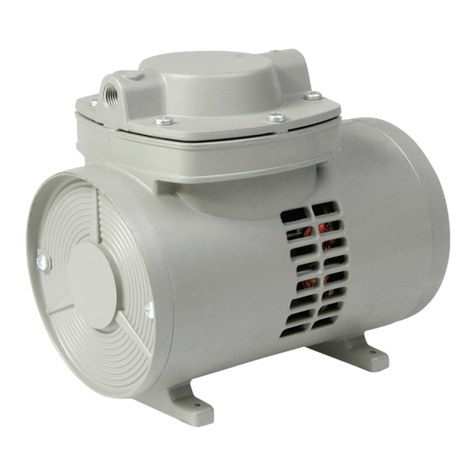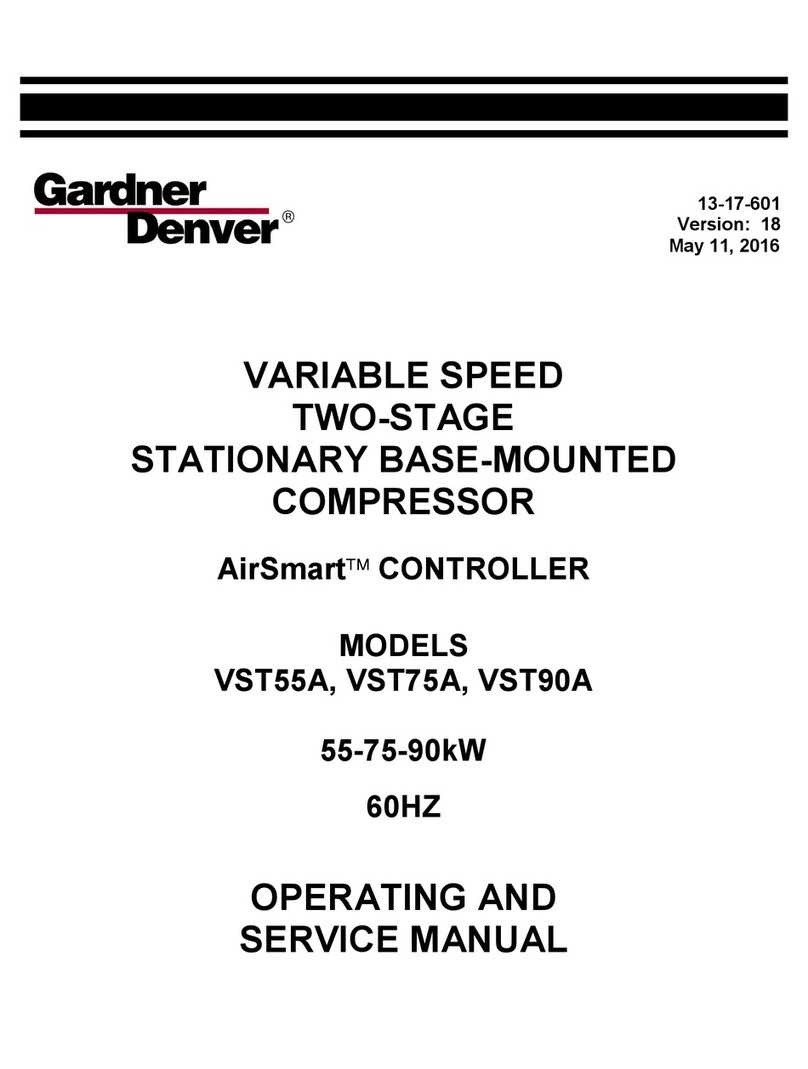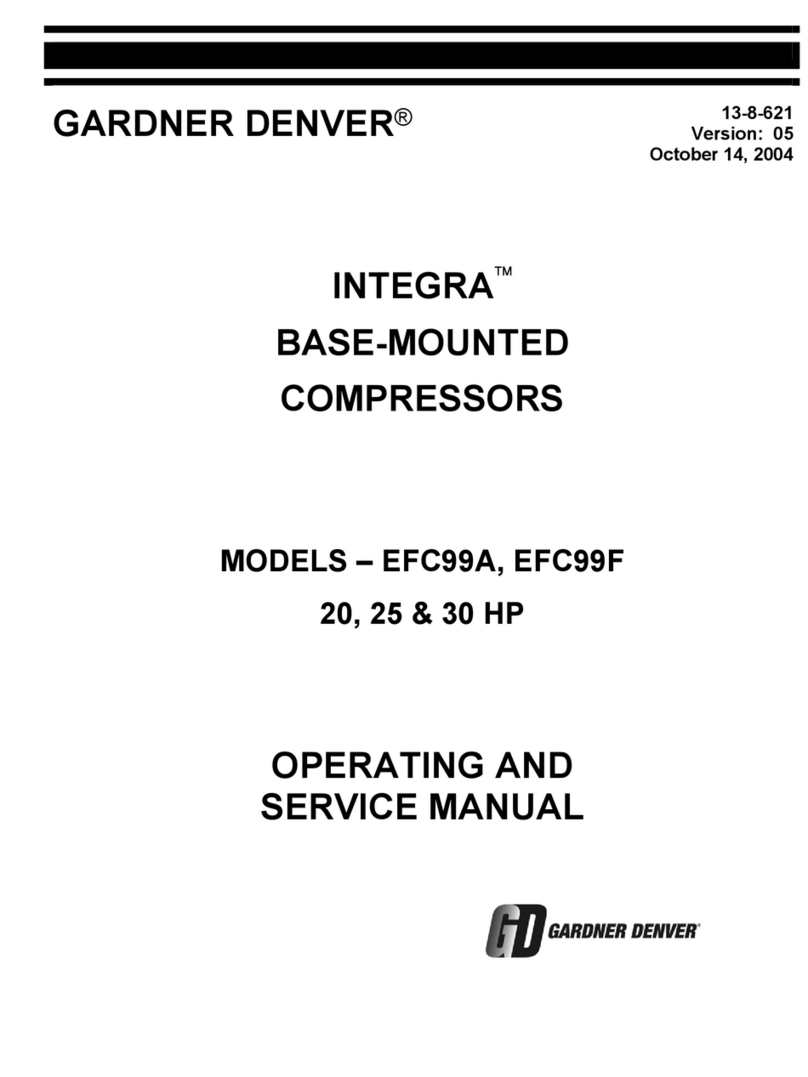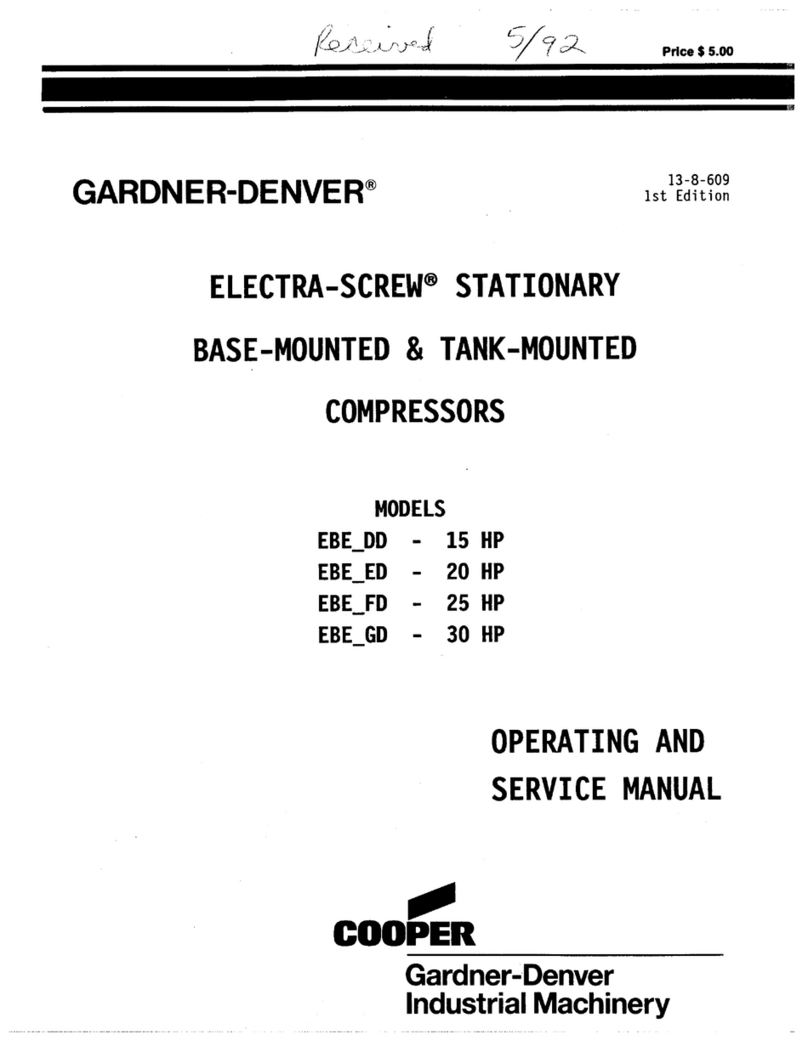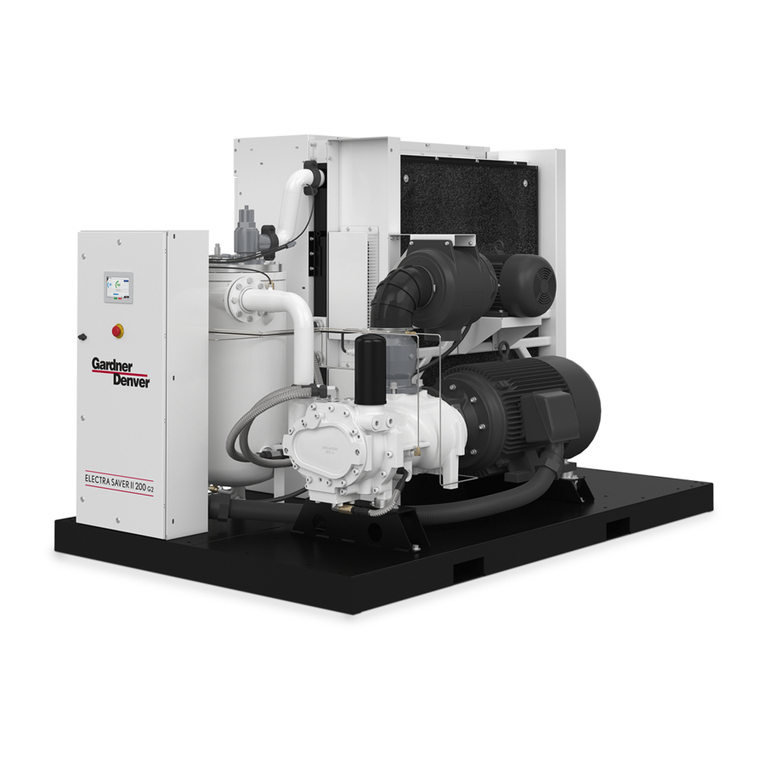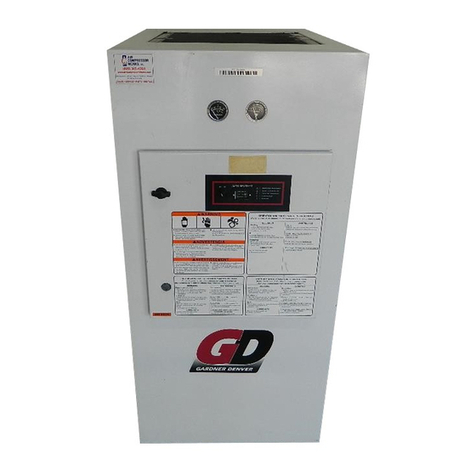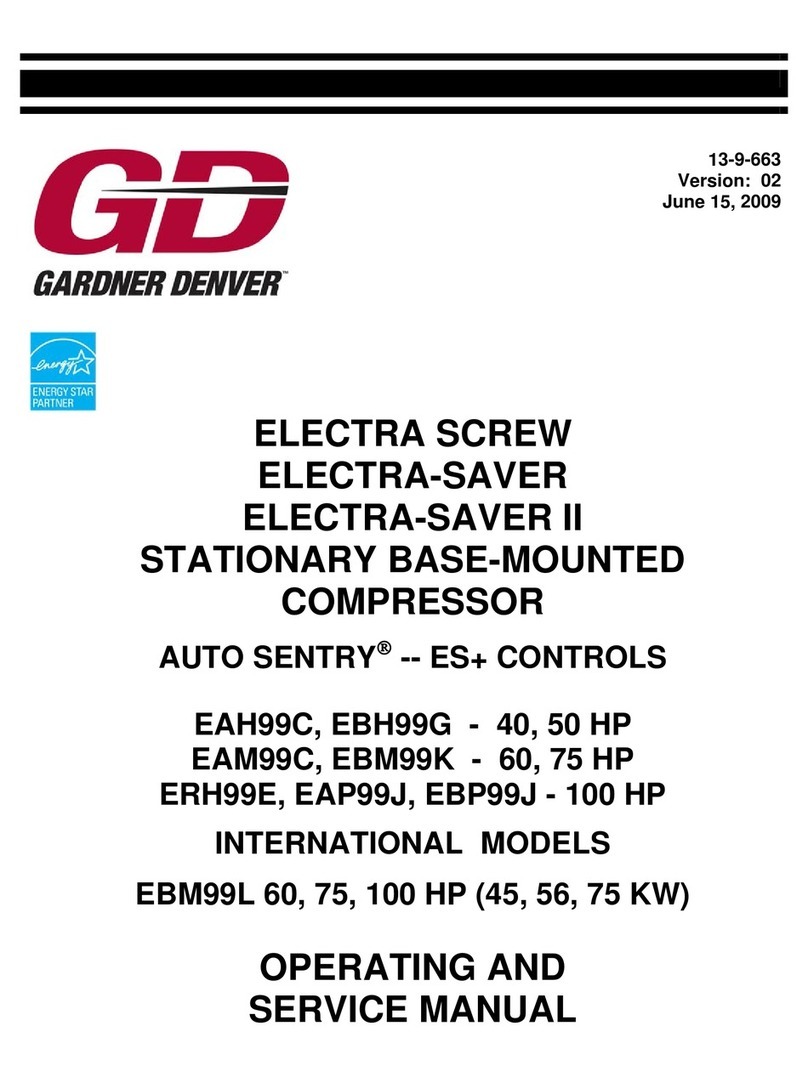
High Air Temperature Shutdown .................... 4-2
High Discharge Temperature Switch ................ 4-2
High Temperature Operation ........................ 5-2
Hourmeter ........................................... 4-4
Indicator, Air Filter .................................. 4-5
indicator, Air Filter Service .......................... 6-1
Indicator, Oil Filter .................................. 4-5
Inlet Line ............................................ 2-5
Inlet Pressure Oil ................................... 5-8
Inlet Valve ........................................... 4-6
inlet Valve Subtractive Pilot ......................... 4-7
Installation for Cold Weather Operation ............ 2-2
INSTALLATION (SECTION 2) ...................... 2-1
INSTRUMENTS &CONTROLS (SECTION 4) ...... 4-1
Instruments and Gauges ............................ 4-4
Lifting Unit .......................................... 2-1
Light Test Operating ................................ 3-1
Location ............................................. 2-1
Low Demand Mode Control System ................. 4-8
Low Demand Mode Pressure Switch ................ 4-3
Low Demand Mode Switch .......................... 4-2
Low Demand Mode Unloader Solenoid ............. 4-3
Low Oil Pressure Protection Air-Cooled Oil
Cooler ............................................ 2-2
Low Oil Pressure Shutdown ......................... 4-4
Low Oil Pressure Time Delay Switch ............... 4-4
Low Starting Torque (Unloaded Start) Control ...... 4-8
Lubricant Compressor .............................. 5-2
Lubricants Synthetic ................................ 5-2
Lubrication Cooling and Sealing .................... 1-1
Lubrication Motor .............................. 2-5, 8-1
LUBRICATION, OIL COOLER, OIL FILTER &
SEPARATOR (SECTION 5) ...................... 5-1
MAINTENANCE SCHEDULE (SECTION 8) ........ 8-1
Minimum Air Flow ................................... 2-1
Minimum Discharge Pressure Valve ................. 4-5
Minimum Operating Pressure ....................... 4-8
Mode, Operating ..................................... 3-1
Moisture lnThe Oil System ......................... 5-3
Moisture Separator Trap ............................ 3-1
Motor Lubrication ............................... 2-5, 8-1
Motor Protection Devices ........................... 4-2
Oil Addition Between Changes ..................... 5-2
Oil and Air Discharge Temperature ................. 5-7
Oil-Air Systems Flow Diagram ....................... 5-1
Oil Change interval .................................. 5-3
Oil Compressor ..................................... 3-1
Oil Cooler ........................................... 2-2
Oil Cooler, Compressor –Water-Cooled Heat
Exchanger ........................................ 5-5
Oil Cooler Module (Air-Cooled) ...................... 2-2
OIL COOLER, OIL FILTER, SEPARATOR &
LUBRICATION (SECTION 5) .................... 5-1
Oil Cooler Oil Pressure Differential (Water-Cooled
Heat Exchanger) .................................. 5-8
Oil Cooler Pressure Differential (Air-Cooled
Radiator) .......................................... 5-8
Oil Cooler (Radiator Type) Module, Compressor .... 5-4
Oil Cooler Temperature Differential ................. 5-8
Oil Cooler Water Pressure Differential (Watercooled
Heat Exchanger) .................................. 5-8
Oil Filter, Compressor ............................... 5-3
Oil Filter Indicator ................................... 4-5
OIL FILTER, SEPARATOR, OIL COOLER &
LUBRICATION (SECTION 5) .................... 5-1
Oil Flow Diagram –Remote Overhead Mounted Oil
Cooler ............................................ 5-2
Oil Inlet Pressure ................................... 5-8
Oil Level Gauge ..................................... 5-3
Oil Pressure Differential Oil Cooler ................. 5-8
Oil Pressure Protection Low (Air-Cooled Oil
Cooler) ............................................ 2-2
Oil Pressure Shutdown Low ........................ 4-4
Oil Pressure Time Delay Switch Low ............... 4-4
Oil Reservoir ........................................ 5-8
Oil Reservoir Check Valve .......................... 4-5
Oil Resevoir Drain .................................. 2-1
Oil Reservoir Filling ................................. 5-3
Oil Separator ........................................ 8-1
Oil Separator, Compressor .......................... 5-8
Oil Specifications .................................... 5-1
Oil System Capacities ............................... 5-3
Oil System Check Compressor ..................... 5-7
Oil System Compressor ............................. 5-1
Oil System Draining and Cleaning .................. 5-3
O* Off Switch ........................................ 4-2
Operating Air Pressure Adjustment ................. 4-7
Operating Light Test ................................ 3-1
Operating Mode ..................................... 3-1
Operating Pressure Minimum ....................... 4-8
OPERATING PROCEDURES &STARTING
(SECTION 3) ............................... 3-1
Operation High Temperature ....................... . 5-2
Overhaul Compressor ............................... 1-1
Pilot, Inlet Valve Subtractive ........................ 4-7
Pilot Light ........................................... 4-1
Pilot, Turn Valve Subtractive ........................ 4-6
Piping ................................................ 3-1
Piping Blowdown Valve ............................. 2-5
Piping Control ....................................... 2-5
Piping Diagram for Aftercooler &Heat Exchanger ...... 2-4
Piping Water (Water-Cooled Heat Exchanger Models
Only) .............................................. 2-5
Pressure Adjustment Operating Air ................. 4-7
Pressure Adjustments Compressor Capacity and . . . 4-7
Pressure Differential Gauge .................... 4-5, 5-7
Pressure Differential Oil Cooler (Air-Cooled
Radiator) ......................................... 5-8
Pressure Differential Oil Cooler Oil (Watercooled
Heat Exchanger) .................................. 5-8
Pressure Differential Oil Cooler Water (Watercooled
Heat Exchanger) .................................. 5-8
Pressure Gauge, Air ................................. 4-4
Pressure, Minimum Operating ....................... 4-8
Pressure Oil Inlet ................................... 5-8
Pressure Protection Low Oil (Air-Cooled Oil
Cooler) ............................................ 2-2
Pressure Regulator .................................. 4-3
Pressure Shutdown, Low Oil ........................ 4-4
Pressure Switch, Low Demand Mode ............... 4-3
Pressure Switch, Reservoir ..................... 4-4, 4-9
Pressure System .................................... 3-1
Pressure Time Delay Switch, Low Oil ............... 4-4
Pressure Valve, Minimum Discharge ................ 4-5
13-10-601 Page iv
